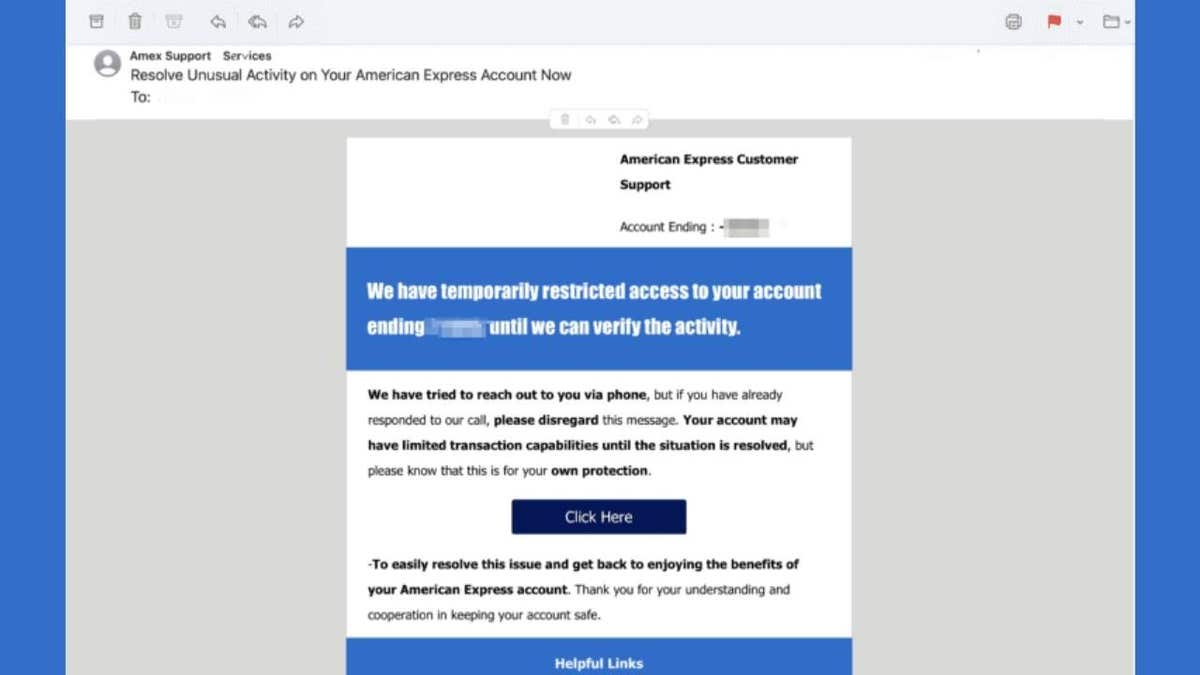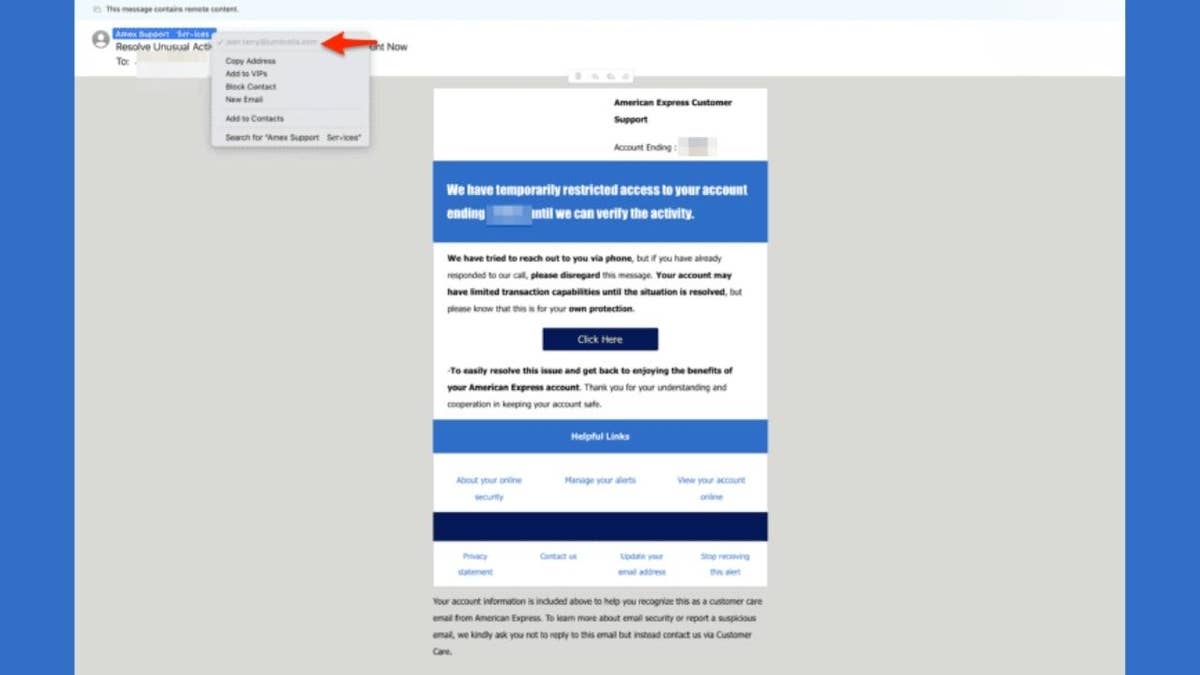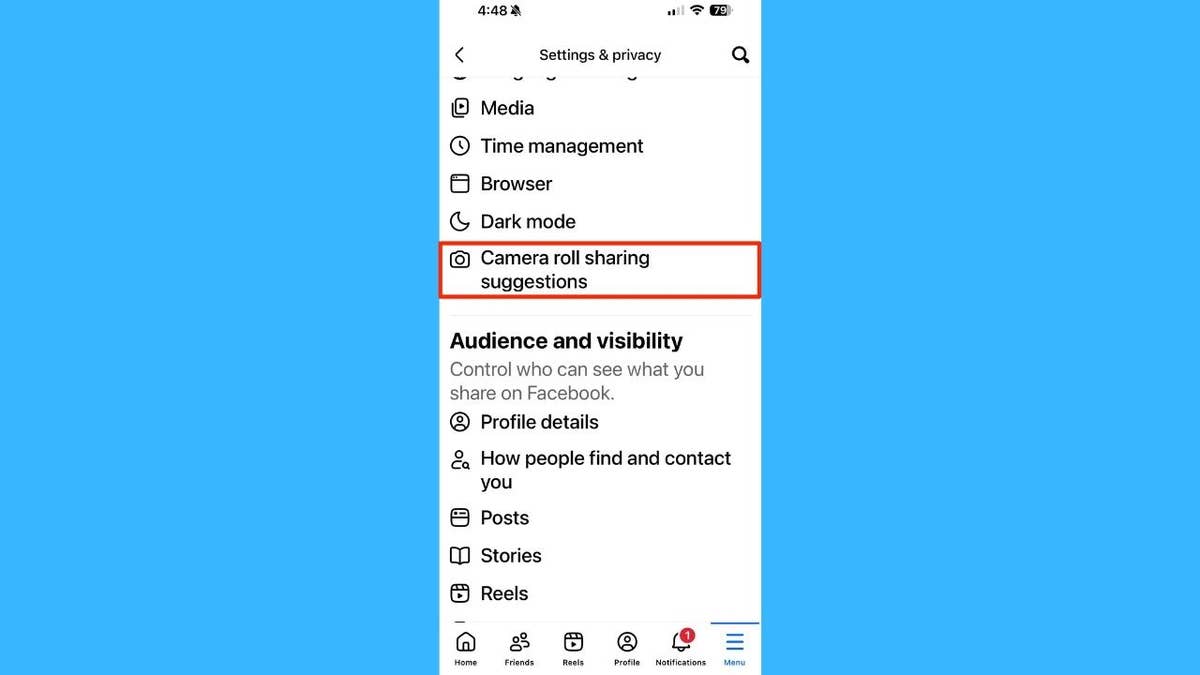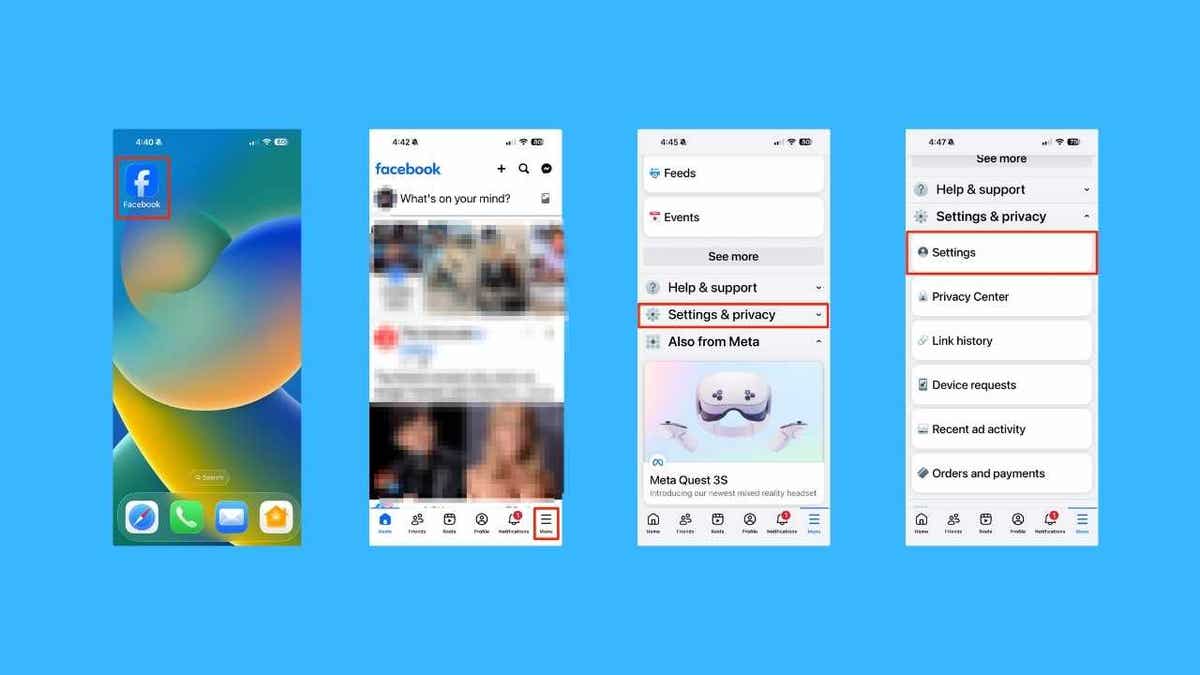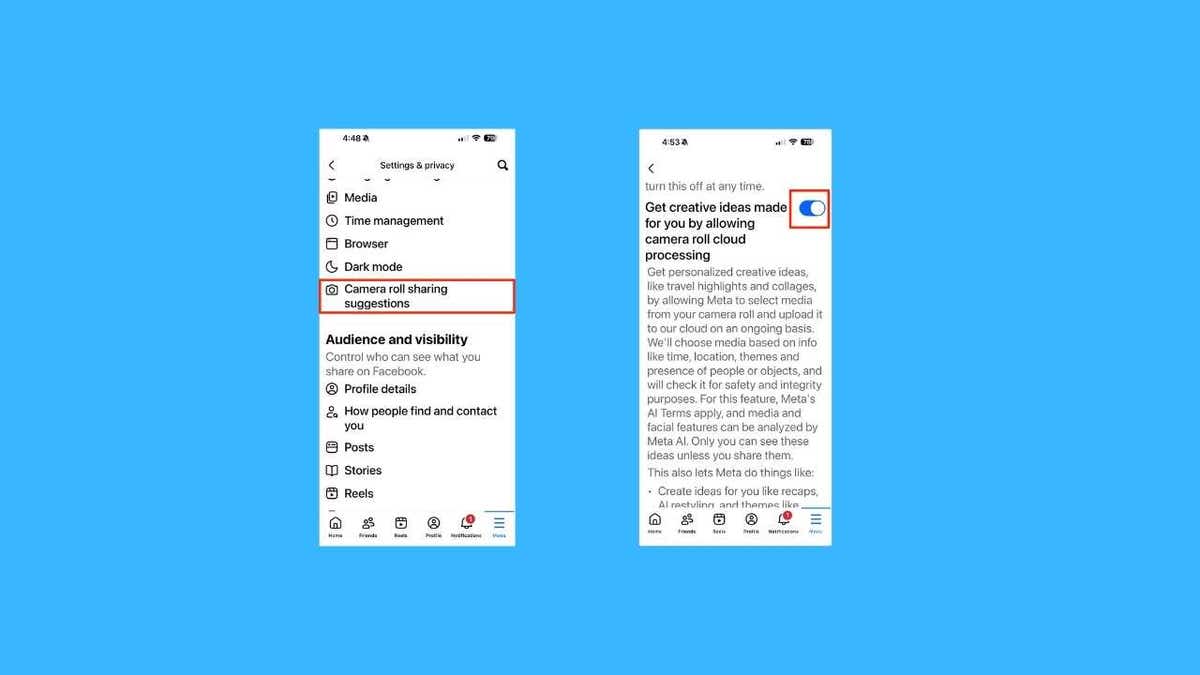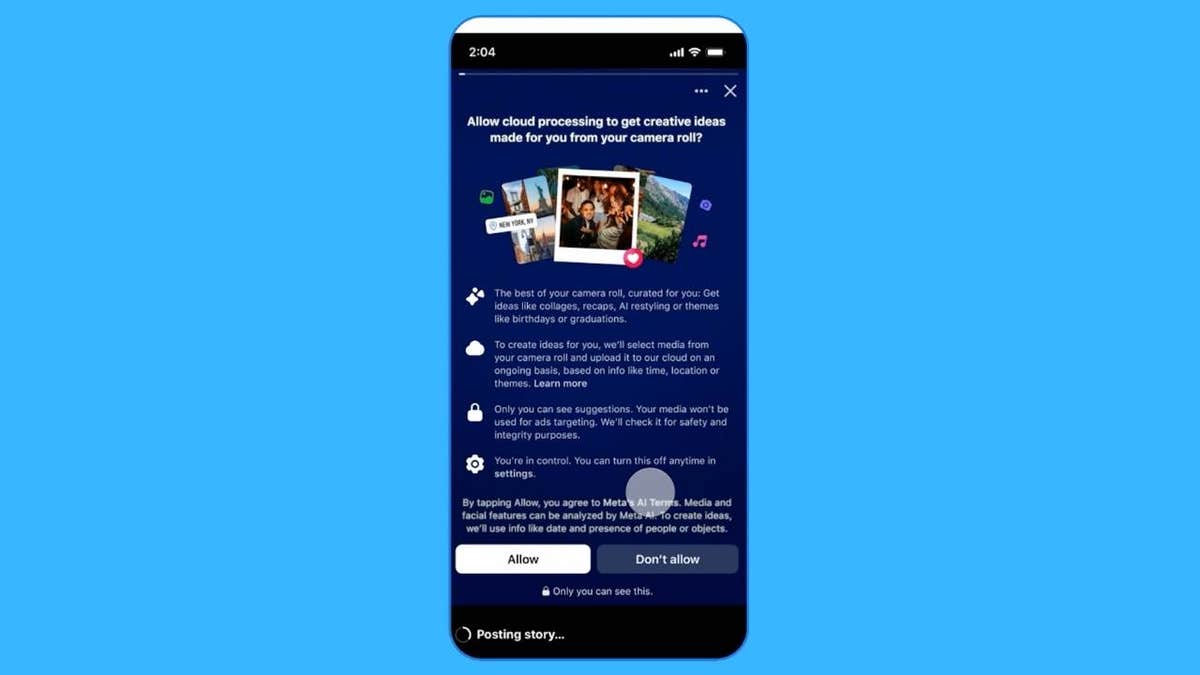NEWYou can now listen to Fox News articles!
Tesla is making headlines again with the return of its Mad Max mode in Full Self-Driving (Supervised). This feature, designed to make the car drive more aggressively, has arrived just as the automaker faces new scrutiny from regulators and ongoing lawsuits from customers.
Sign up for my FREE CyberGuy Report
Get my best tech tips, urgent security alerts and exclusive deals delivered straight to your inbox. Plus, you’ll get instant access to my Ultimate Scam Survival Guide – free when you join my CyberGuy.com newsletter.
Mad Max Mode returns in Tesla’s latest FSD update
Tesla recently launched its FSD v14.1.2 update. The update follows last year’s major FSD v14 release, which introduced “Sloth Mode” for slower, more cautious driving. The latest update moves to the opposite end of the spectrum with Mad Max mode.
According to Tesla’s release notes, this profile allows higher speeds and more frequent lane changes than Hurry mode. The update has sparked mixed reactions. Some Tesla fans praise it for making driving feel more natural. Critics argue that it invites risky behavior at a time when regulators like the NHTSA and California DMV are already investigating Tesla’s advanced driver-assist systems.
TESLA’S SELF-DRIVING CARS UNDER FIRE AGAIN

A new Mad Max speed profile is now included in Tesla’s Full Self-Driving interface. (Tesla)
History of Tesla’s Mad Max mode since 2018
The Mad Max setting isn’t new. Tesla first introduced it in 2018 for the original Autopilot system. At the time, Elon Musk described it as ideal for handling aggressive city traffic. The name, borrowed from the post-apocalyptic movie series, immediately drew attention for its bold tone.
Now, the feature is back in Tesla’s latest FSD version. Within hours of release, drivers reported seeing cars equipped with Mad Max mode rolling stop signs and driving over the speed limit. These early reports highlight how the mode may behave more assertively than before.
Why Tesla brought back its Mad Max mode
Bringing back Mad Max mode may serve several purposes for Tesla. It helps demonstrate the company’s continuous development of FSD software while appealing to drivers who prefer faster, more decisive movement in traffic. It also acts as a signal that Tesla is still chasing the goal of Level 4 autonomy, even though its system remains classified as Level 2, requiring constant driver supervision.

Tesla owners can access Mad Max mode through the car’s settings under Speed Profiles. (Chesnot/Getty Images)
For Tesla, this feature shows confidence in its progress. For observers, it raises concerns about timing. With multiple investigations and lawsuits in progress, many expected Tesla to focus on safety rather than on more aggressive driving profiles.
What this means for you
If you own a Tesla with Full Self-Driving (Supervised), you can access Mad Max mode through the car’s settings under Speed Profiles. This mode provides a more assertive driving experience that includes quicker acceleration, more lane changes, and less hesitation.
However, remember that Tesla’s Full Self-Driving system still requires active driver attention. You must keep your hands on the wheel and remain ready to take control at any moment. While the name suggests thrill and speed, safety and awareness should remain your top priority.

Tesla’s speed-profile menu includes the toggle options of Chill, Standard, Hurry, and Mad Max profiles to customize how aggressively their car responds in traffic. (REUTERS/Mike Blake)
If you share the road with Teslas, it’s smart to stay alert. Vehicles using Mad Max mode may accelerate or change lanes more quickly than expected. Giving Teslas a little extra space can help reduce surprises and keep everyone safer on the road.
Take my quiz: How safe is your online security?
Think your devices and data are truly protected? Take this quick quiz to see where your digital habits stand. From passwords to Wi-Fi settings, you’ll get a personalized breakdown of what you’re doing right and what needs improvement. Take my Quiz here: CyberGuy.com.
WOULD YOU BUY THE WORLD’S FIRST PERSONAL ROBOCAR?
Kurt’s key takeaways
Tesla’s decision to reintroduce Mad Max mode is both strategic and provocative. It revives a feature from its early Autopilot days while reigniting debate over the balance between innovation and responsibility. The mode’s return reminds everyone that Tesla continues to test the limits of driver-assist technology and public tolerance for it.
Will Tesla’s revived Mad Max mode mark a bold step toward autonomy or a dangerous gamble in the race for self-driving dominance? Let us know by writing to us at CyberGuy.com
Sign up for my FREE CyberGuy Report
Get my best tech tips, urgent security alerts and exclusive deals delivered straight to your inbox. Plus, you’ll get instant access to my Ultimate Scam Survival Guide – free when you join my CyberGuy.com newsletter.
CLICK HERE TO DOWNLOAD THE FOX NEWS APP
Copyright 2025 CyberGuy.com. All rights reserved.



